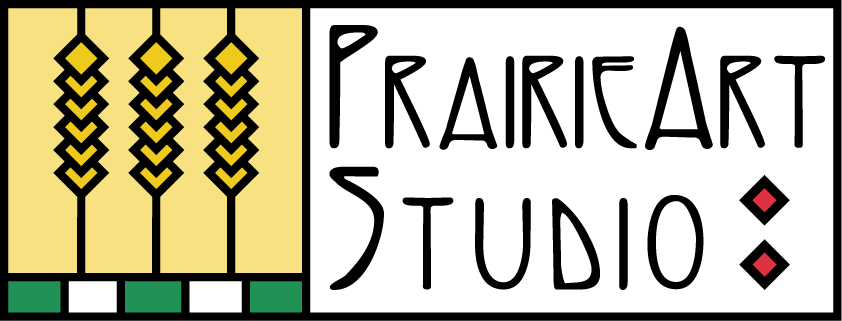We have a wonderful opportunity to celebrate the creative work of PrairieArt Studio’s students and to enhance our community as well. We have been invited to display our artwork in the local Mall with an ongoing display as well as some pop up events for Halloween and at the Youth Department of a local library. The Mall display is in conjunction with their new hands on S.T.E.A.M. (Science, technology, engineering , arts and Math) play area which is also great for the community. I’ve written in the past of the many benefits that creating art provides (see these blogs) It turns out that even just looking at art and going to a concert or play has enormous benefits too. The NEA did a study that found that “older adults” who attended cultural events like museum exhibitions, opera and the theater, reported more of both mental and physical health benefits than those that did not. Further, they found that those that just attended had similar levels of wellbeing to those that attended cultural events and created art themselves. (Herzig, 2017)
This access and exposure to art has even more of an impact in less advantaged communities and though wealthier neighborhoods have more access to cultural events it doesn’t mean there is a good amount of them to balance other pursuits. A two year study done by a department at the University of Pennsylvania has revealed a quantitative relationship between the presence of cultural resources in a neighborhood and key aspects of social well being, particularly in less advantaged neighborhoods. The authors of the study write that “culture is no magic bullet” for broader social ills, but “cultural assets are part of a neighborhood ecology that promotes well being” (Kaplan, 2017)
Though our community offers many advantages it seems that the primary focus of time, importance, the most amount real estate and funds goes to sports. I have nothing against sports, they have many benefits too and being the mother of four, have gone to my share of soccer games, swimming, horse shows, karate, baseball. football, cross-country, track, and Lacrosse games. My concern is that there should be more of a balance of exposure to and opportunities for creative and cultural pursuits as well, to help us raise more well rounded citizens that are active and can creatively problem solve as well. This may inspire the young (and old) to maybe see or think about something in a different way and see that there is a whole world beyond sports. Additionally , the arts can offer a great outlet for for the un-sporty type. Sports, many times, can be more ex-clusive and the arts more inclusive. Art enhances joy, confidence and self-esteem which (for dads still pining for that all-star or olympian) may encourage them to go out and try a sport in additon to doing art.
So go out and see some Art with your family, it’s fun and good for you!
Michelle
Herzig, E. b. (2017, September 12). "Taking Your Grandparents to Museums Could Improve Their Health". Retrieved from artsy.net.
Kaplan, A. E. (2017, March 29). artsy.net. Retrieved from "New Study Links Art Access to Better Health, Safety, and Education in Lower-Income Neighborhoods".





